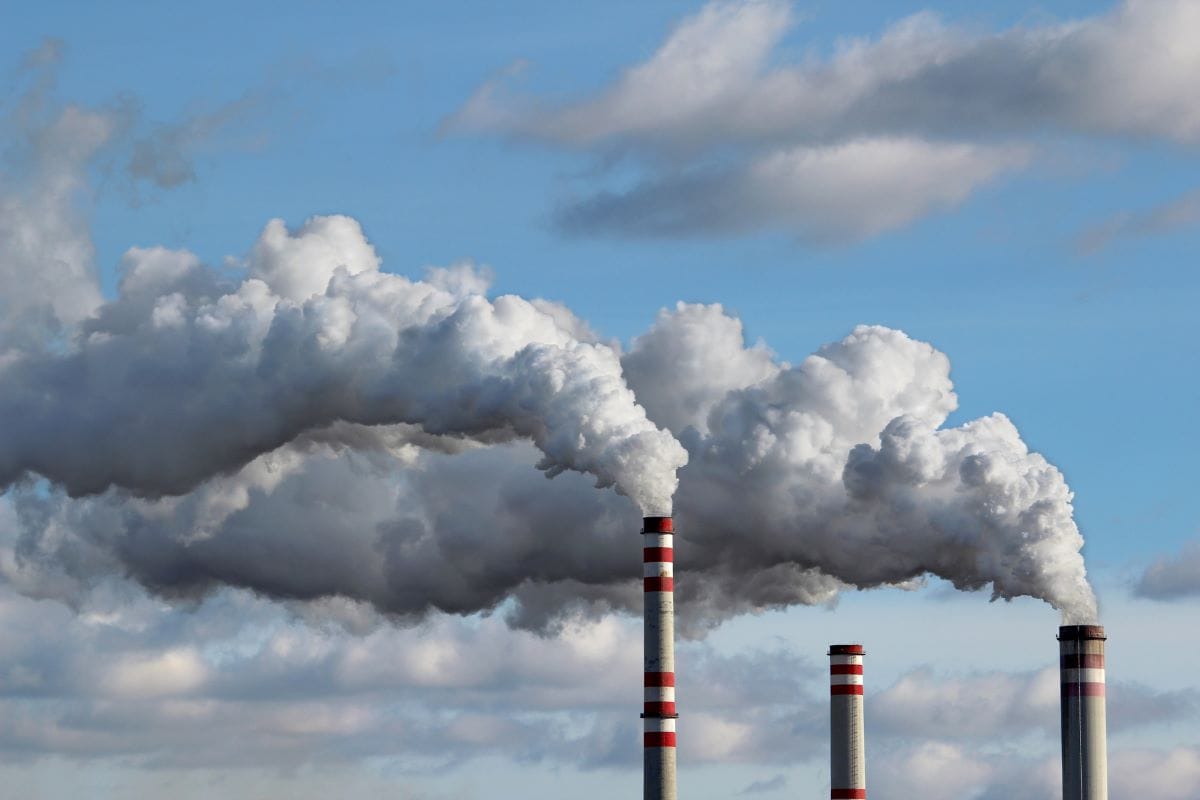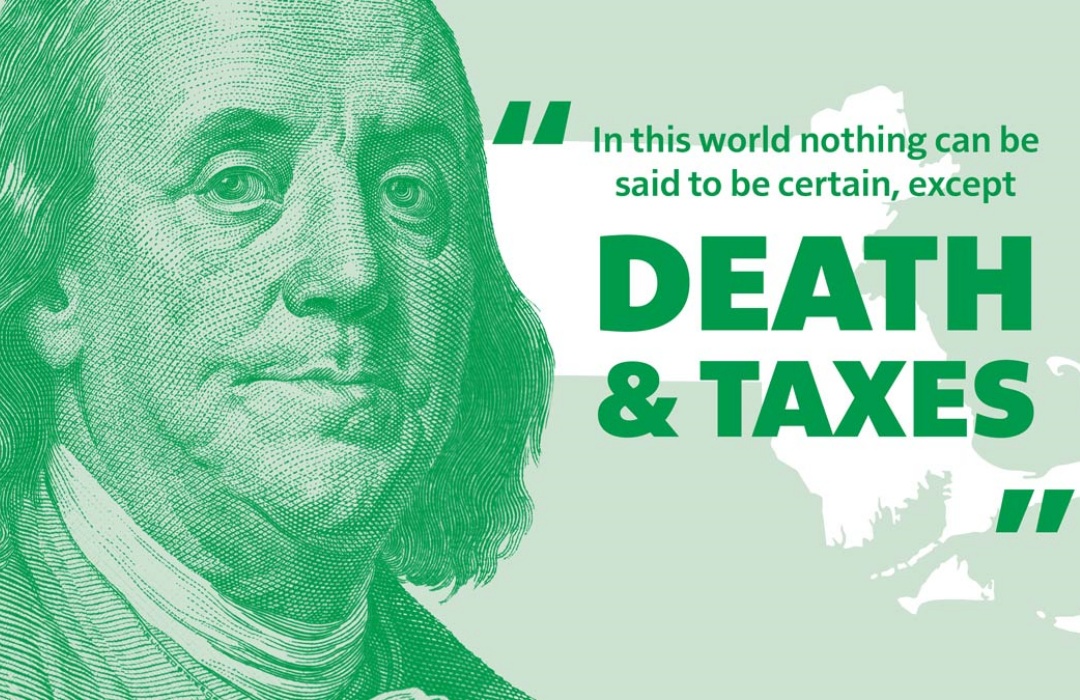The carbon market comes of age

 At the beginning of this year, the global price of carbon was $24.05 per ton of CO2. In order to achieve the emissions reduction goals of members of the Paris Agreement, prices need to reach a range of $50-$100 per ton of CO2. That makes buying carbon an attractive investment.The ongoing concerns about climate change have spawned several emission trading schemes over the last decade. The reasoning is simple: if left unchecked, carbon emissions (among other factors) will have a material impact on our environment and will do severe damage to the global economy.The ratification of the Kyoto Protocol of 2007 by world governments effectively addressed the challenge, establishing rules of carbon emissions. And in the process created an entirely new asset class.Today, whatever system a government chooses has, at its core, a cap-and-trade system. Emitters of carbon must—by law—either limit carbon emissions to the level allocated by their government, purchase additional carbon emissions permits in the marketplace, or pay a fine for exceeding their emission limits. This has created a new commodity—carbon emission permits.The European Union Emission Trading Scheme ((EU ETS) is by far the largest such scheme in the world. It has also become the model for most of the world’s governments. Carbon emissions, according to the Financial Times, was the top performing commodity in recent years, growing five-fold in the last four years. By the end of 2020, the three largest global carbon futures exchanges had a market size of $260 billion.In April 2021, on Earth Day, President Joe Biden hosted a ‘Leaders’ Summit on Climate,’ and promised to reduce emissions by 50-52% below 2005 levels by 2030. The U.S. was just one country, among many. The EU, the U.K. and China promised similar, if not larger, reductions. Carbon emission pricing was the central theme of the summit and is the key, fundamental component for achieving the summits’ reduction goals.
At the beginning of this year, the global price of carbon was $24.05 per ton of CO2. In order to achieve the emissions reduction goals of members of the Paris Agreement, prices need to reach a range of $50-$100 per ton of CO2. That makes buying carbon an attractive investment.The ongoing concerns about climate change have spawned several emission trading schemes over the last decade. The reasoning is simple: if left unchecked, carbon emissions (among other factors) will have a material impact on our environment and will do severe damage to the global economy.The ratification of the Kyoto Protocol of 2007 by world governments effectively addressed the challenge, establishing rules of carbon emissions. And in the process created an entirely new asset class.Today, whatever system a government chooses has, at its core, a cap-and-trade system. Emitters of carbon must—by law—either limit carbon emissions to the level allocated by their government, purchase additional carbon emissions permits in the marketplace, or pay a fine for exceeding their emission limits. This has created a new commodity—carbon emission permits.The European Union Emission Trading Scheme ((EU ETS) is by far the largest such scheme in the world. It has also become the model for most of the world’s governments. Carbon emissions, according to the Financial Times, was the top performing commodity in recent years, growing five-fold in the last four years. By the end of 2020, the three largest global carbon futures exchanges had a market size of $260 billion.In April 2021, on Earth Day, President Joe Biden hosted a ‘Leaders’ Summit on Climate,’ and promised to reduce emissions by 50-52% below 2005 levels by 2030. The U.S. was just one country, among many. The EU, the U.K. and China promised similar, if not larger, reductions. Carbon emission pricing was the central theme of the summit and is the key, fundamental component for achieving the summits’ reduction goals.
Prices have risen by 70% this year in response to the aggressive goals set by the EU, which is targeting a 55% reduction in greenhouse gases by 2030 and net-zero by 2050. The hope is that, as the price of carbon credits continue to rise, polluting companies will at some point decide to invest in reducing emissions rather than purchasing increasingly expensive credits.
The re-opening of the world’s economies is also a bullish development for carbon pricing as industrial companies and utilities increase output and carbon emissions, which is sparking even more demand for carbon credits. And adding to that trend, new carbon markets seem to be popping up every month. Cap-and-trade carbon pricing exists in 24 national and sub-national markets currently. Another 19 more markets are in the development or consolidation phase.
Some American institutional investors and pension funds are gaining access to this market either directly, or through Exchange Traded Funds (ETF). The retail crowd is still relatively absent from this asset class.
In addition, as far as I can tell, the carbon market is uncorrelated with other risk assets. The underlying asset, the EU ETS, is a liquid instrument with a well-understood prospective risk premium. Its risk-adjusted returns have outperformed traditional asset classes such as equities, bonds, and other commodities. In my opinion, it appears to be a case of making some real money over the long-term, and, at the same time, contributing to the greater good by helping to address climate change and a much-improved global environment.
Any mention of specific securities or investments is for illustrative purposes only. Adviser’s clients may or may not hold the securities discussed in their portfolios. Adviser makes no representations that any of the securities discussed have been or will be profitable.
Bill Schmick is registered as an investment advisor representative of Onota Partners, Inc., in the Berkshires. Bill’s forecasts and opinions are purely his own and do not necessarily represent the views of Onota Partners, Inc. (OPI). None of his commentary is or should be considered investment advice. Anyone seeking individualized investment advice should contact a qualified investment adviser. None of the information presented in this article is intended to be and should not be construed as an endorsement of OPI, Inc. or a solicitation to become a client of OPI.
Any mention of specific securities or investments is for illustrative purposes only. Adviser’s clients may or may not hold the securities discussed in their portfolios. Adviser makes no representations that any of the securities discussed have been or will be profitable.
The reader should not assume that any strategies, or specific investments discussed are employed, bought, sold or held by OPI.
Direct your inquiries to Bill at 1-413-347-2401 or e-mail him at [email protected].








